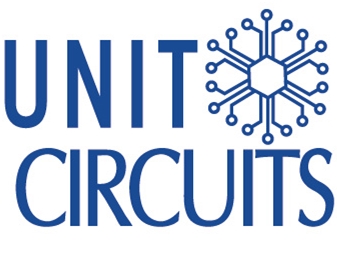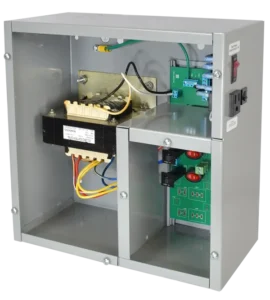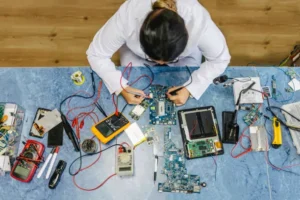Quick Leads
What Are the Most Common Challenges in IC Programming?
The Most Common Challenges in IC Programming
1. Balancing Power, Area, and Performance
Challenges in Mobile & Embedded Systems
- Smaller devices need to use power and space efficiently.
- High-performance systems can increase power consumption and generate more heat.
Techniques for Power Optimization
- Dynamic Voltage Scaling: Adjusts voltage levels based on workload.
- Clock Gating: Turns off unused parts of the circuit to save power.
Tools for Performance Balancing
- Cadence Design Systems: Optimizes IC designs for power and area.
- Synopsys Design Compiler:Helps you balance performance without sacrificing power efficiency.
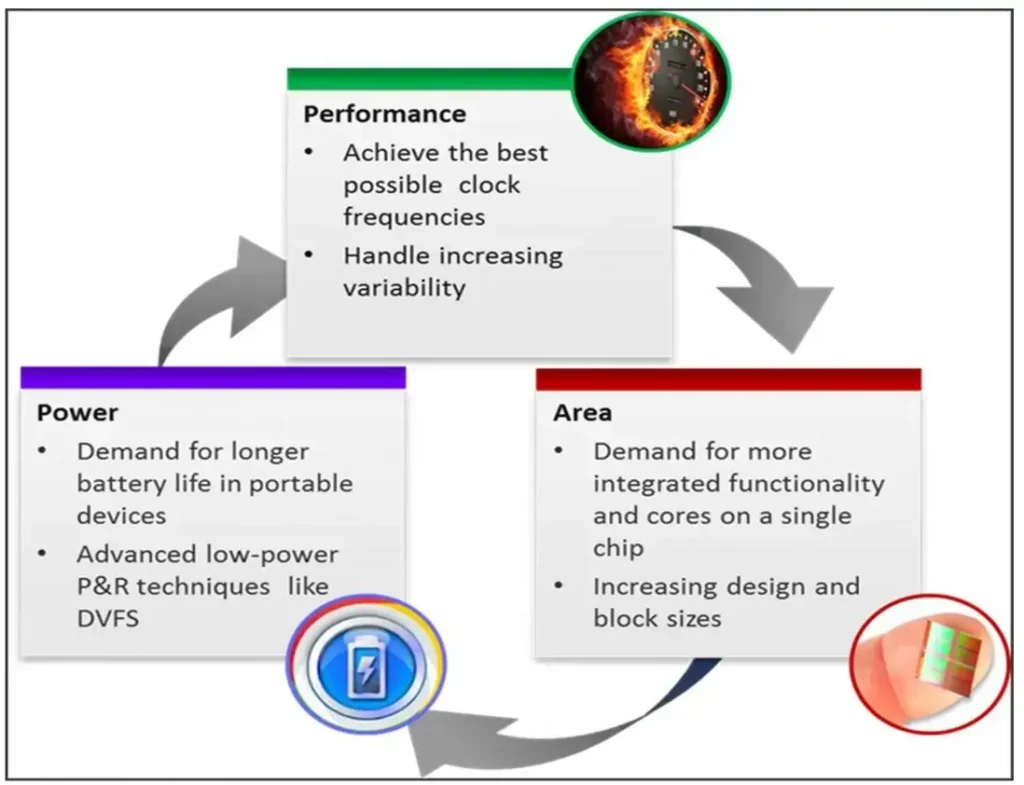
2. Mixed-Signal IC Designs: Signal Interference and Synchronization
Techniques for Synchronization
- Phase-Locked Loops (PLLs): Synchronizes analog and digital signals.
- Signal Integrity Tools: Analyzes and optimizes signals to reduce interference.
Key Tools to Reduce Interference
- TDRs and VNAs: Identify and mitigate signal integrity issues.
- Power Distribution Networks (PDNs): Reduce noise between analog and digital parts.
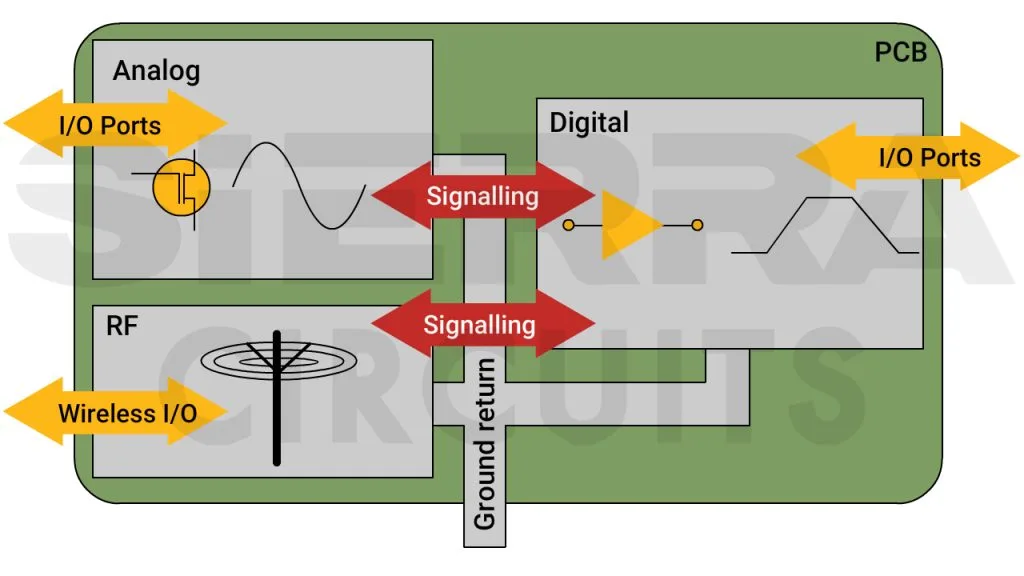
3. Cybersecurity in ICs: Preventing Unauthorized Access
Key Cybersecurity Techniques
- End-to-End Encryption: Secures data transmission between devices.
- Firewalls and Intrusion Detection Systems (IDS): Protects against unauthorized access.
- Multi-Factor Authentication: Adds an additional layer of security.

4. Testing IC Chips: Managing Complexity in High-Frequency Designs
Testing Methods and Tools
- Automated Test Equipment (ATE): Simulates different operating conditions.
- In-Circuit Emulators (ICEs): Provides real-time feedback during testing.
Continuous Testing
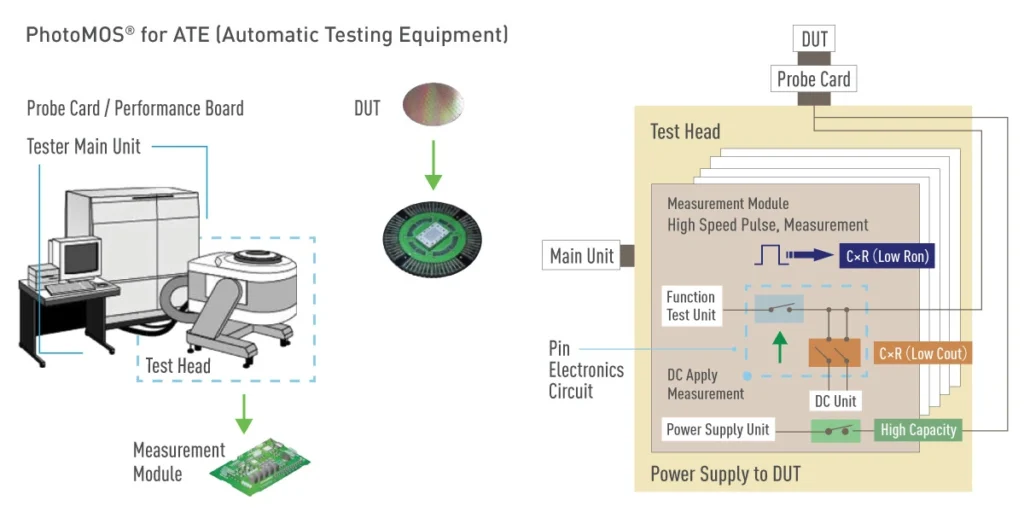
5. Manufacturing Variability and Process Control
Solutions to Minimize Variability
- Design-for-Manufacturing (DFM): Uses simulations to detect potential defects early.
- Statistical Process Control (SPC): Monitors production processes to maintain consistency.
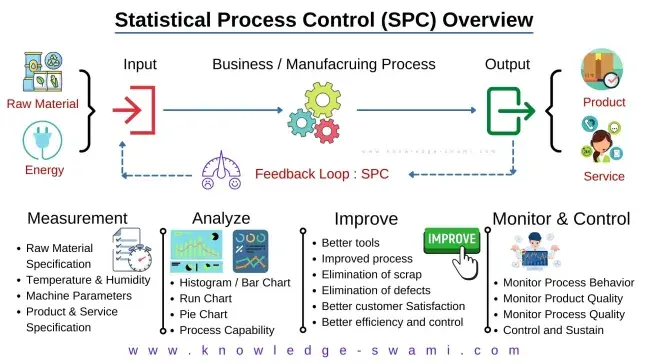
6. Challenges in Mobile & Embedded Systems
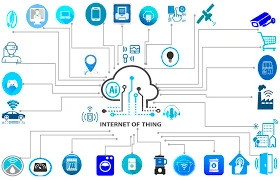
For more information, visit below:
Frequently Asked Questions (FAQs)
For high-frequency IC testing, you use ATE (Automated Test Equipment) and ICEs (In-Circuit Emulators) to simulate different conditions. You need to test and get feedback all the time to make sure that your chip works well.
Thermal management is a big deal in high-performance ICs. You use thermal simulation tools, heat sinks, and advanced packaging techniques to get rid of heat and keep your chip from getting too hot.
Limited Time Offer:
Get $100 off your order TODAY!
 Trusted by 100+ businesses worldwide
Trusted by 100+ businesses worldwide No hidden fees – transparent pricing
No hidden fees – transparent pricing Guaranteed quality with on-time deliver
Guaranteed quality with on-time deliverConclusion
Key Takeaways:
- Balancing power, area, and performance is critical in IC design, especially for mobile and embedded systems.
- Mixed-signal ICs need good synchronization and signal integrity management to reduce interference.
- Cybersecurity is important for keeping ICS safe from unauthorized access and making sure they run safely.
- Testing ICs requires special equipment and continuous feedback to make sure you have high-quality, working designs.
- You can minimize manufacturing variability with advanced DFM and process control techniques to make sure you have consistent production.
Request for Quote
RECENT POSTS
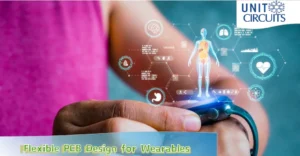
Top 10 EMS Companies for Wearable Electronics in 2026 [Fast Prototyping & No MOQ]
Discover the top EMS companies for wearable electronics in 2026 offering fast prototyping, no MOQ,

Why PCB Panelization is Essential for Efficient Assembly and Cost Optimization?
Discover why PCB panelization is key to efficient SMT/THT assembly. Cut costs, reduce errors, and
RELATED POSTS
Leading PCBA Manufacturer
✅ Assemble 20 PCBAS for $0 ✅ Get $100 OFF – Risk-Free Trial!
✅ 100+ Satisfied Customers
✅ Ensured Quality & On-Time Delivery
✅ Free Trial, No Commitments!
